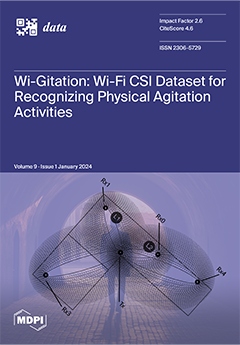Open AccessData Descriptor
DNA Methylome and Transcriptome Maps of Primary Colorectal Cancer and Matched Liver Metastasis
by
Priyadarshana Ajithkumar, Gregory Gimenez, Peter A. Stockwell, Suzan Almomani, Sarah A. Bowden, Anna L. Leichter, Antonio Ahn, Sharon Pattison, Sebastian Schmeier, Frank A. Frizelle, Michael R. Eccles, Rachel V. Purcell, Euan J. Rodger and Aniruddha Chatterjee
Cited by 1 | Viewed by 3664
Abstract
Sequencing-based genome-wide DNA methylation, gene expression studies and associated data on paired colorectal cancer (CRC) primary and liver metastasis are very limited. We have profiled the DNA methylome and transcriptome of matched primary CRC and liver metastasis samples from the same patients. Genome-scale
[...] Read more.
Sequencing-based genome-wide DNA methylation, gene expression studies and associated data on paired colorectal cancer (CRC) primary and liver metastasis are very limited. We have profiled the DNA methylome and transcriptome of matched primary CRC and liver metastasis samples from the same patients. Genome-scale methylation and expression levels were examined using Reduced Representation Bisulfite Sequencing (RRBS) and RNA-Seq, respectively. To investigate DNA methylation and expression patterns, we generated a total of 1.01 × 10
9 RRBS reads and 4.38 × 10
8 RNA-Seq reads from the matched cancer tissues. Here, we describe in detail the sample features, experimental design, methods and bioinformatic pipeline for these epigenetic data. We demonstrate the quality of both the samples and sequence data obtained from the paired samples. The sequencing data obtained from this study will serve as a valuable resource for studying underlying mechanisms of distant metastasis and the utility of epigenetic profiles in cancer metastasis.
Full article
►▼
Show Figures





